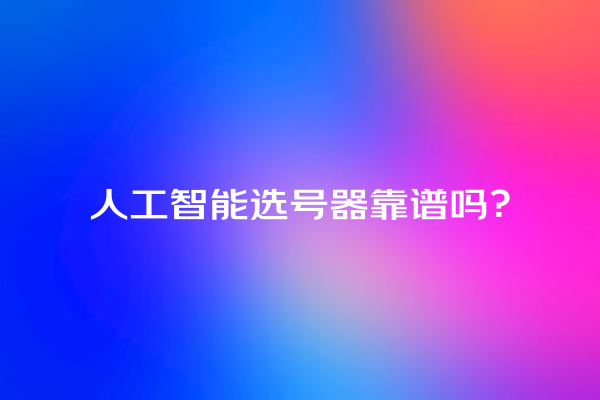共计 4296 个字符,预计需要花费 11 分钟才能阅读完成。
The rapid evolution of technology has transformed our lives in countless ways. Among the most exciting developments are AI painting and smart glasses. These innovations not only enhance our creative capabilities but also redefine how we interact with the digital world. In this article, we will explore these two fascinating advancements, their benefits, and what the future might hold.
What is AI Painting?
AI painting refers to the use of artificial intelligence algorithms that create visual art. By leveraging deep learning techniques, AI can analyze existing artworks and generate new pieces that mimic various styles. Programs like DeepArt and DALL-E are prime examples of AI systems that have gained popularity for their ability to produce stunning images based on simple text prompts or existing photos.
Benefits of AI Painting

参考文章: 利用 AI 轻松写论文!探讨 AI 写作工具的优缺点和实用性
Understanding Smart Glasses
Smart glasses are wearable devices equipped with augmented reality (AR) and digital connectivity features. They can display information, take photos, and even interact with smart devices. Popular models from brands like Google and Microsoft have paved the way for broader applications of this technology.
Advantages of Smart Glasses
The Synergy Between AI Painting and Smart Glasses
The convergence of AI painting and smart glasses opens up new possibilities for artists and technologists alike. Imagine wearing smart glasses that can generate artistic visuals based on your surroundings, beautifully blending the physical and digital worlds. This synergy could lead to more interactive forms of art, where users experience and create simultaneously.
Artists could create real-time digital murals that respond to viewer engagement, encouraging public participation in the artistic process. This innovative approach would redefine art creation and consumption, making it more dynamic and communal.
The Future Ahead
As we progress into an increasingly digital age, the potential for AI painting and smart glasses will continue to expand. Innovations in machine learning and hardware will enhance the capabilities of these technologies. Future versions of smart glasses may feature improved battery life, lighter designs, and more sophisticated display options, while AI painting tools will likely become more nuanced and capable.
For consumers and professionals alike, staying informed about these developments will be crucial. As these technologies become more integrated into everyday life, they will not only transform how we create and perceive art but also revolutionize various industries by enhancing efficiency and creativity.
Conclusion
AI painting and smart glasses are at the forefront of technological innovation, captivating the imaginations of artists, creators, and consumers. By understanding and embracing these advancements, we can harness their potential to enrich our lives and expand our creative horizons. As we look to the future, the collaboration between art and technology promises to unveil new realms of possibility, shaping a society that values both creativity and functionality. Embrace the change, and who knows what masterpieces you might create or experiences you might enjoy!







